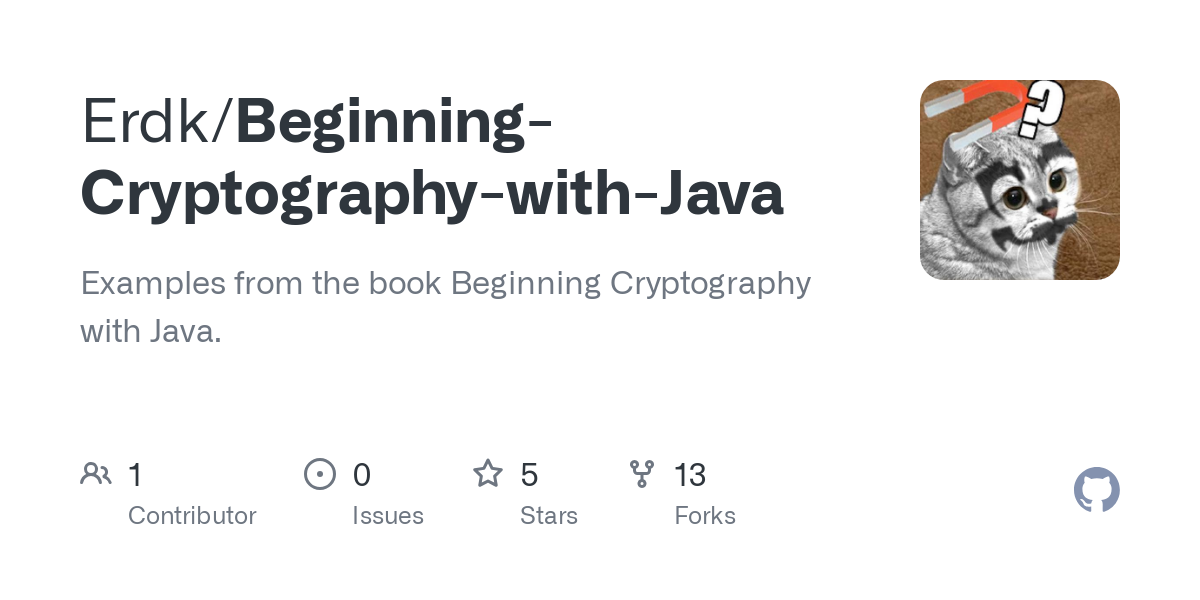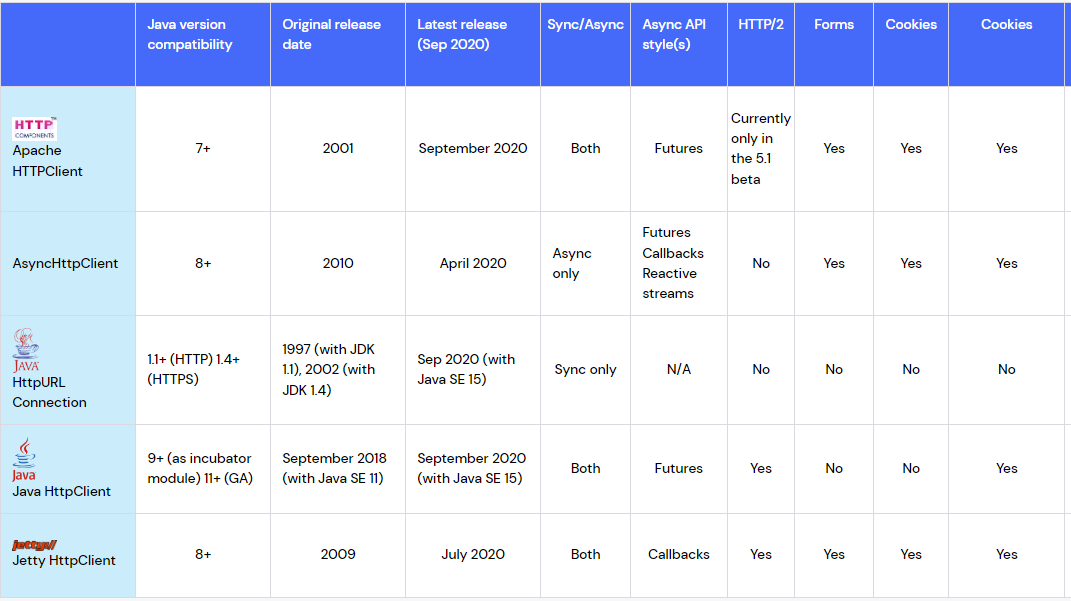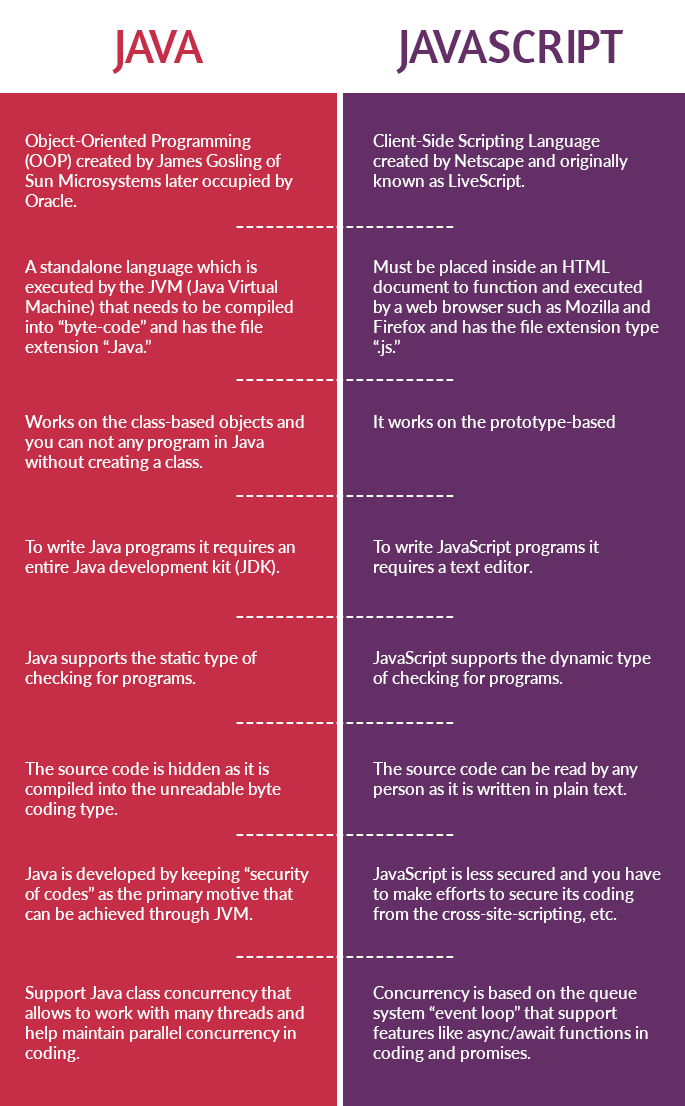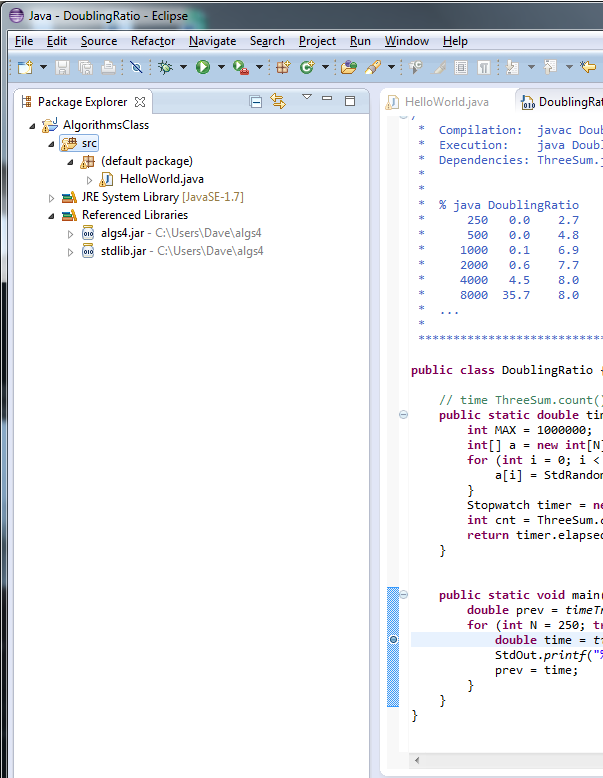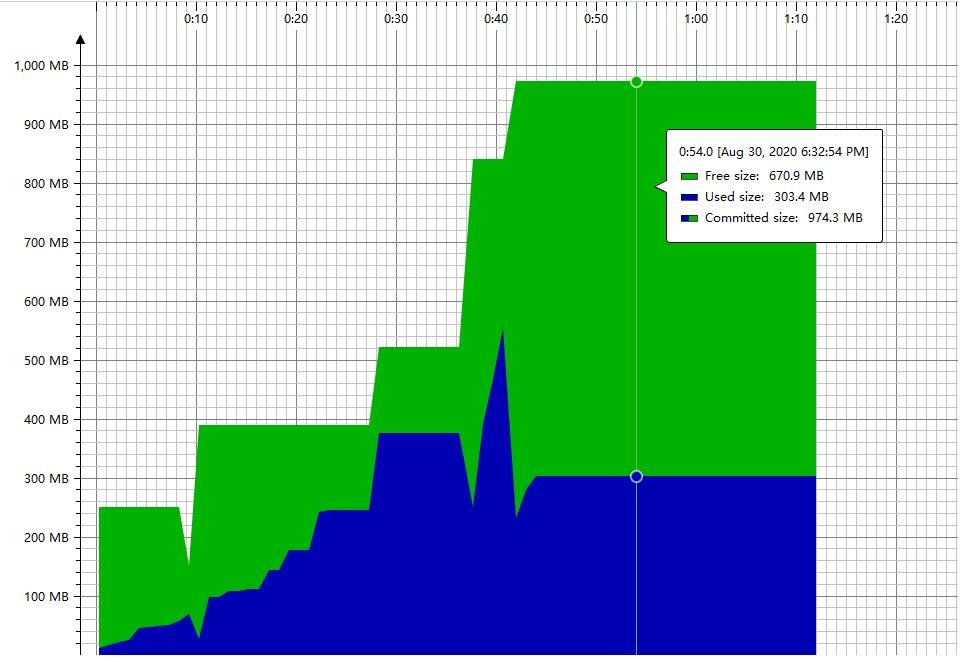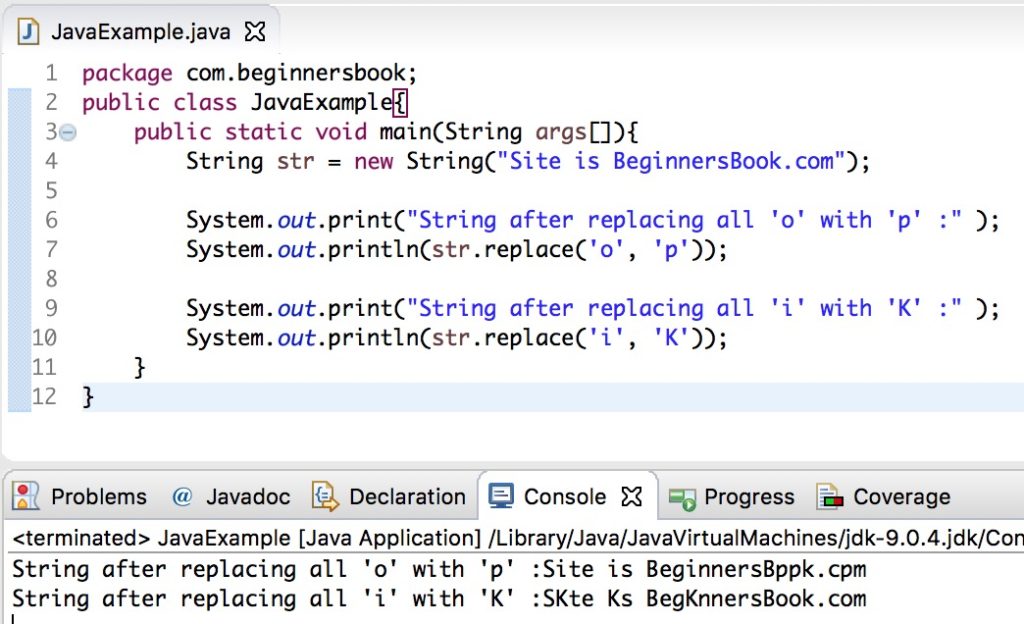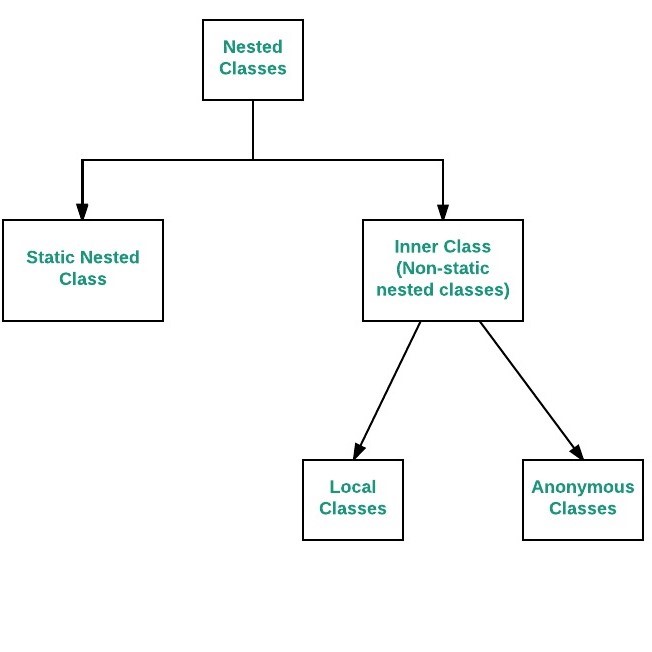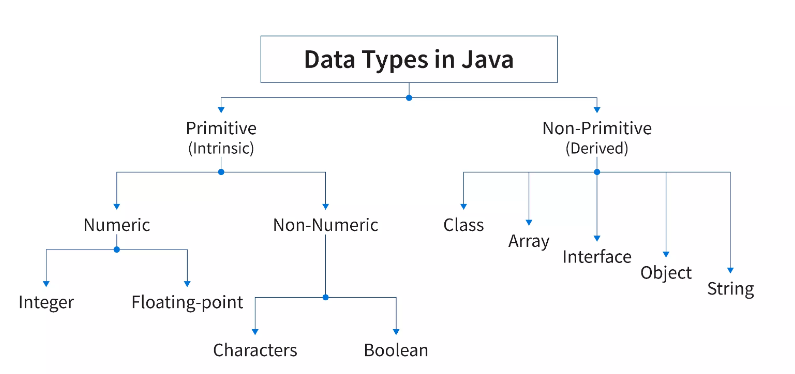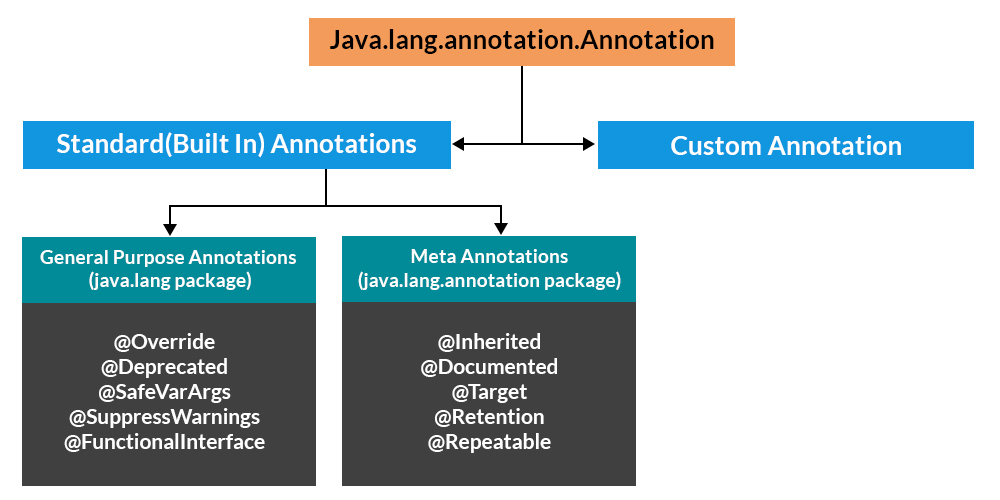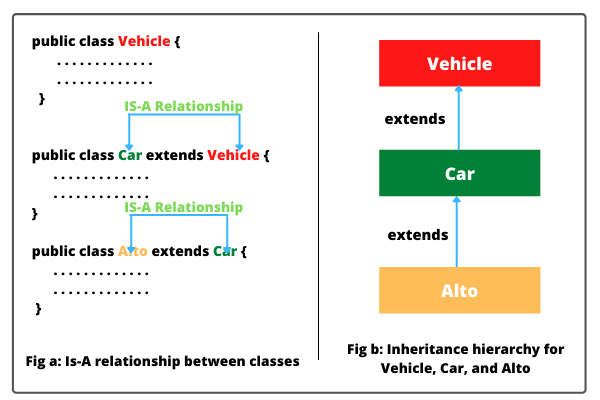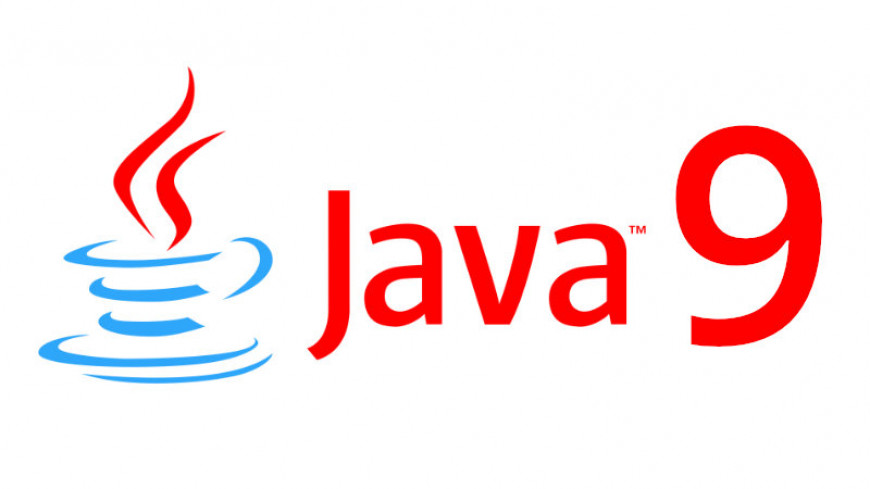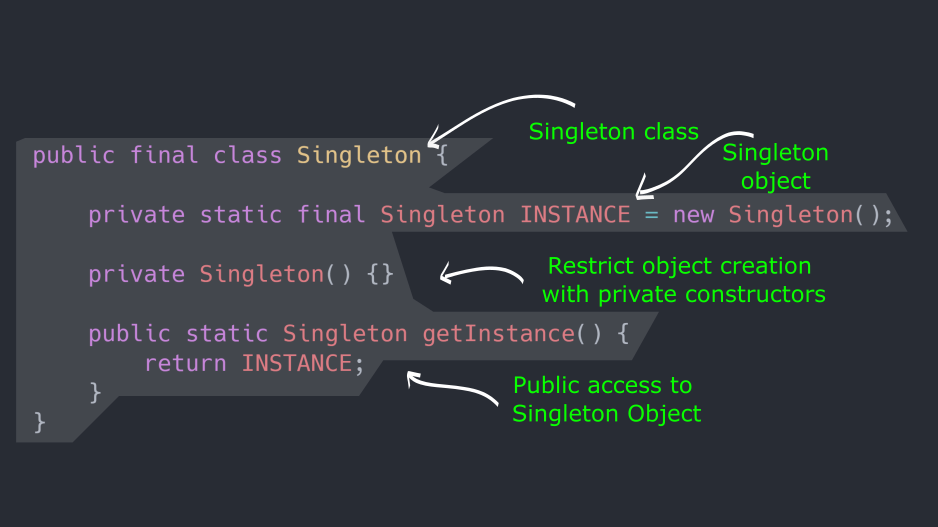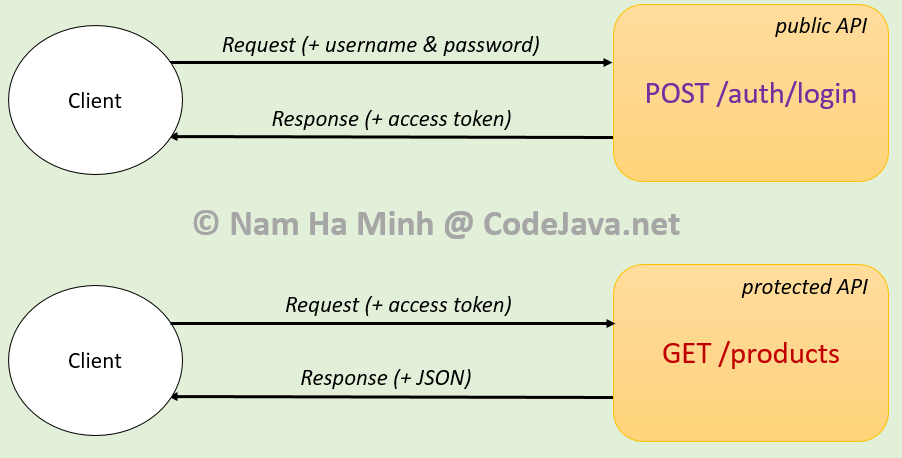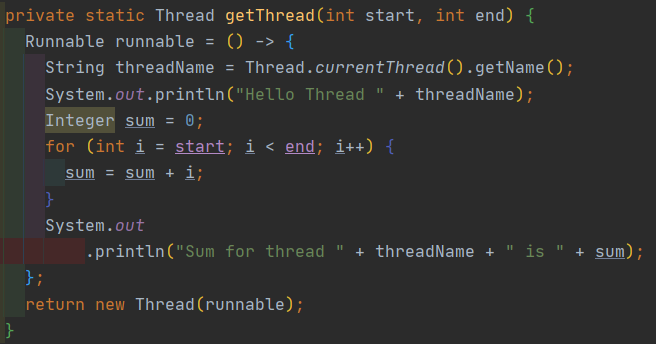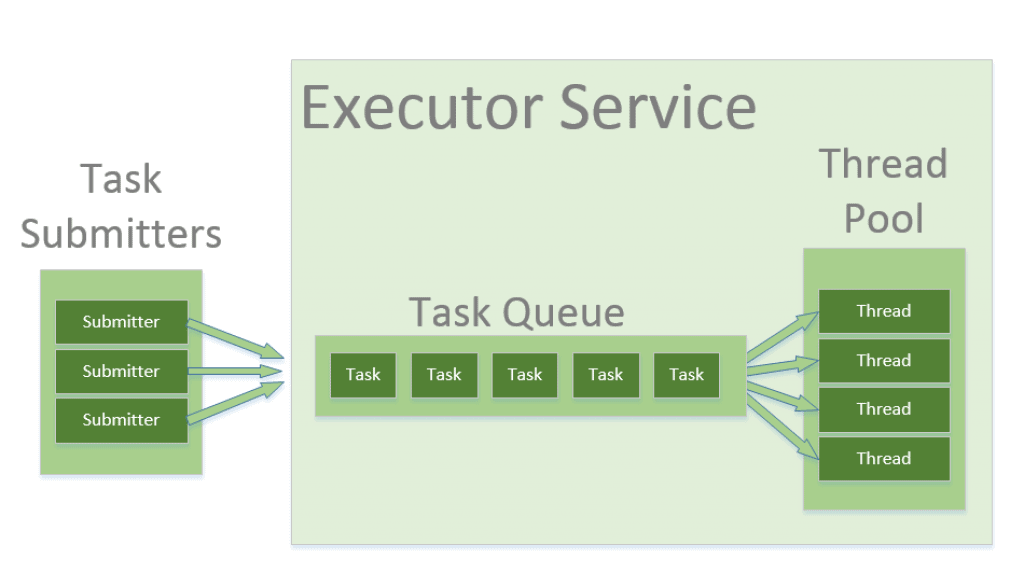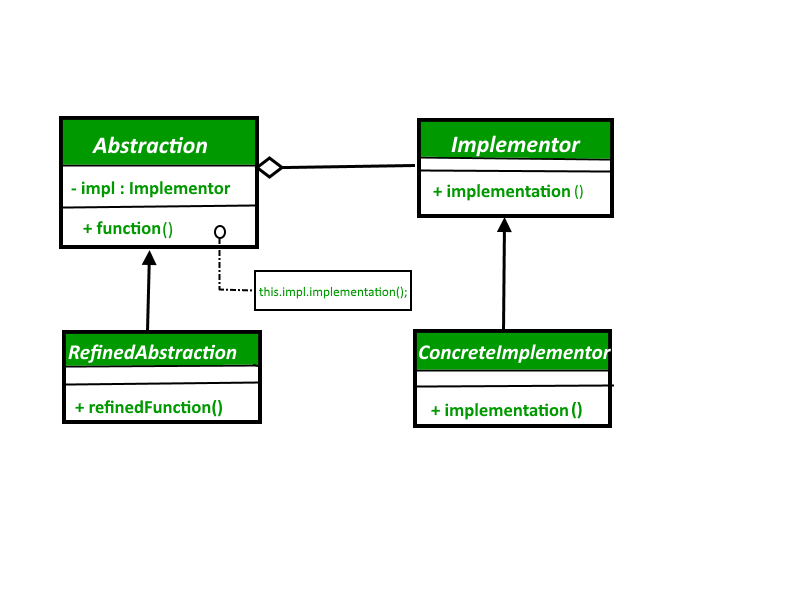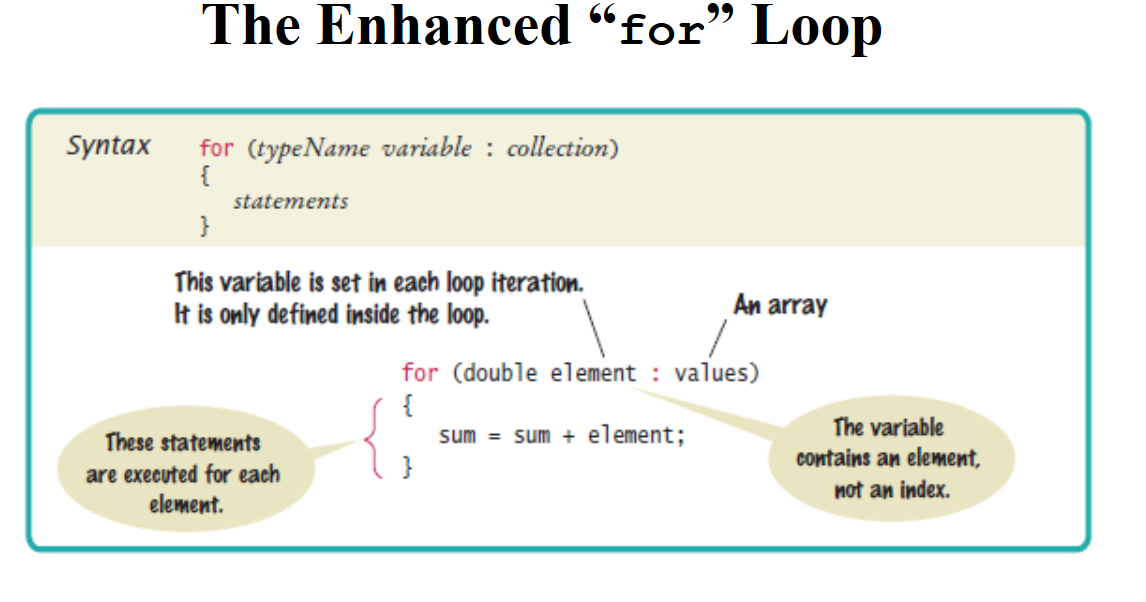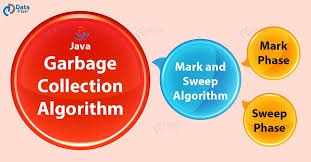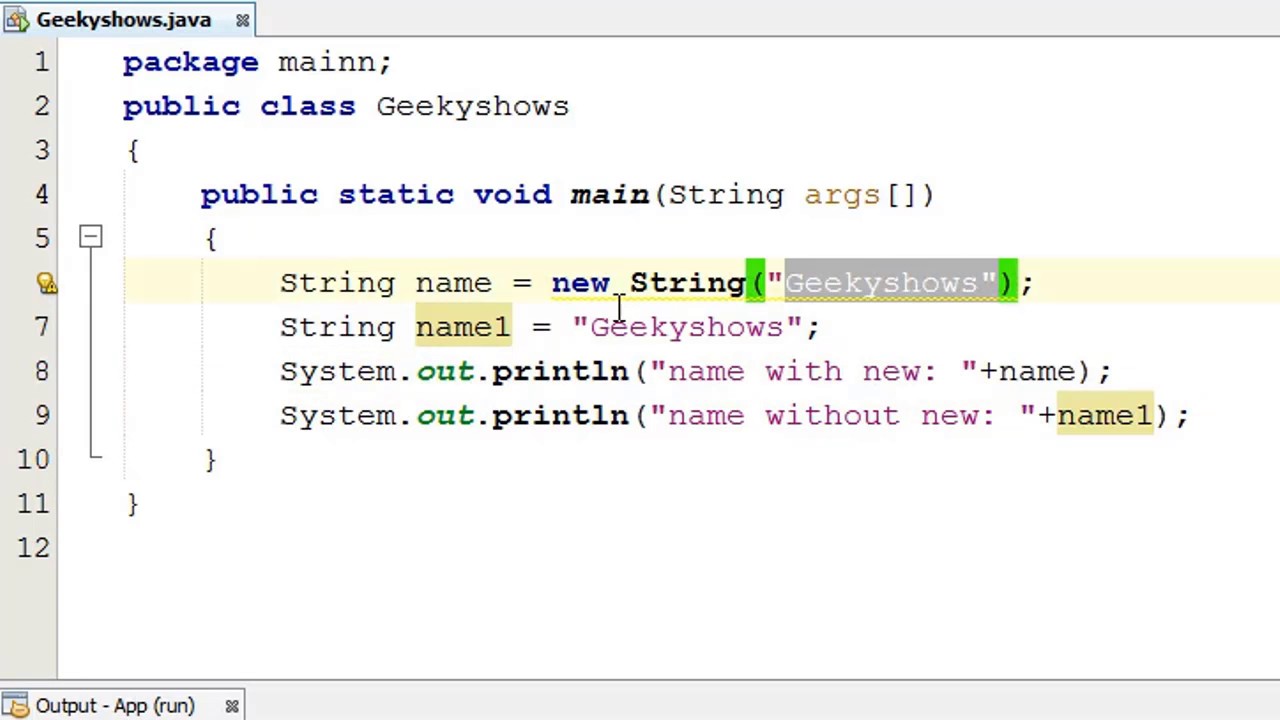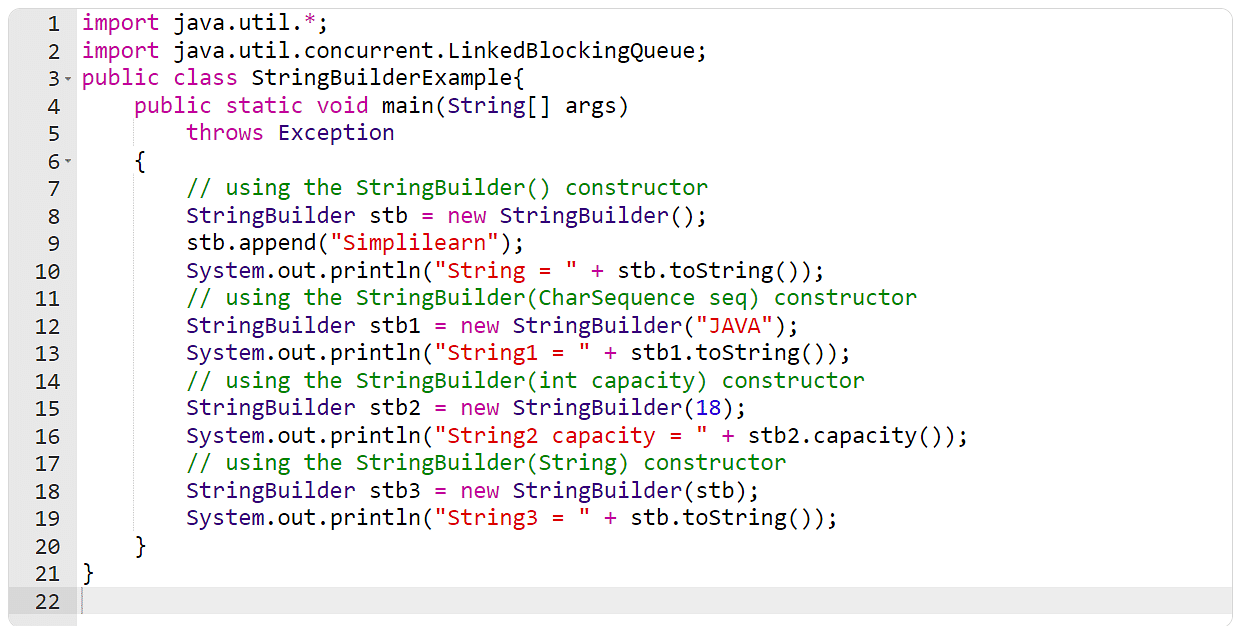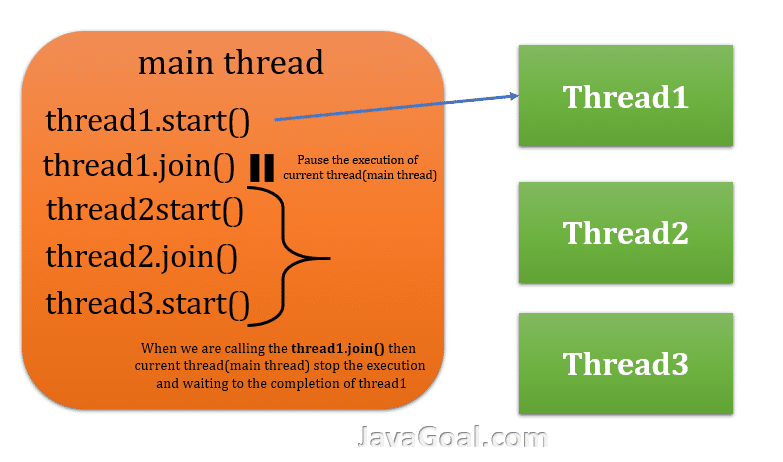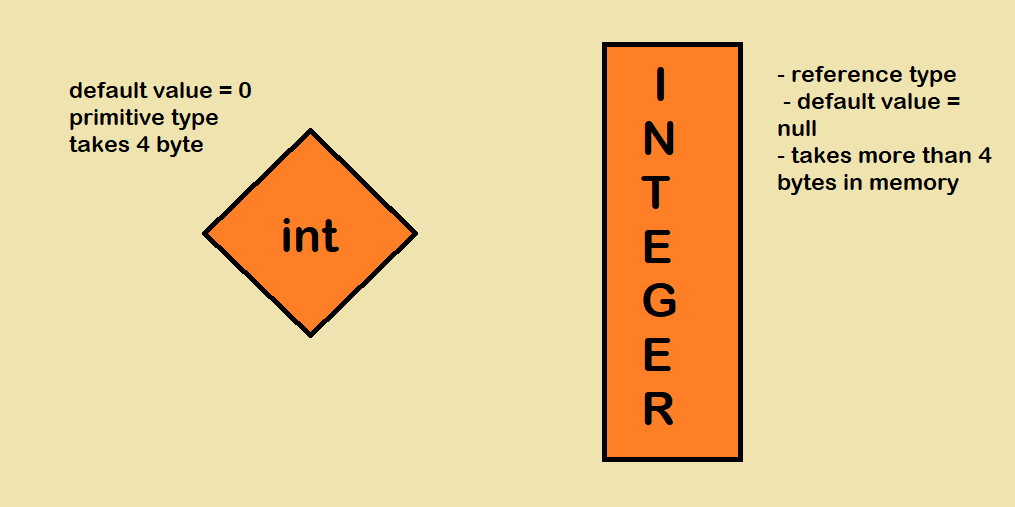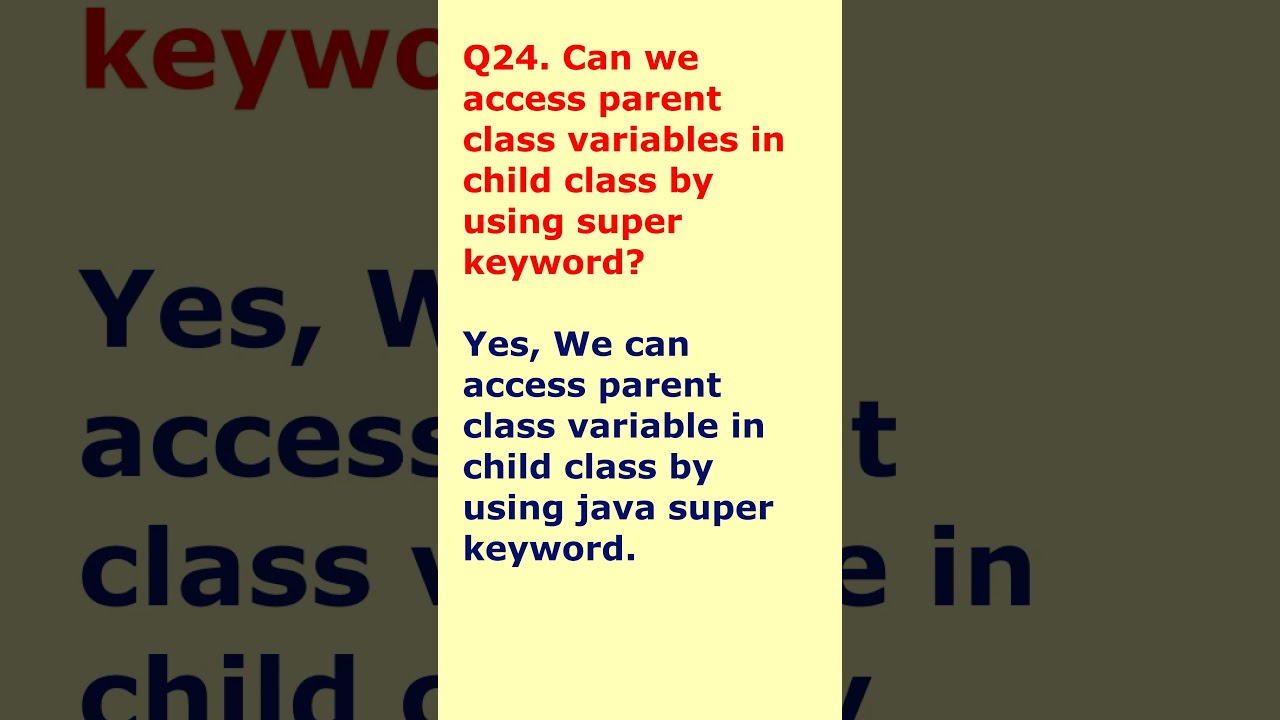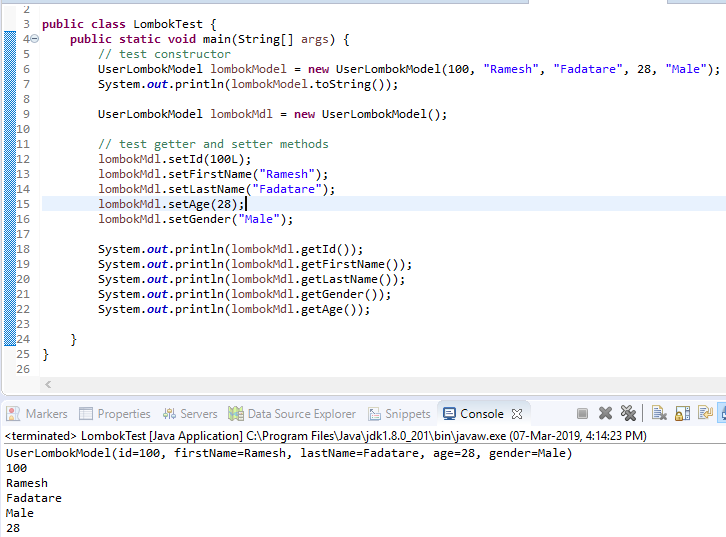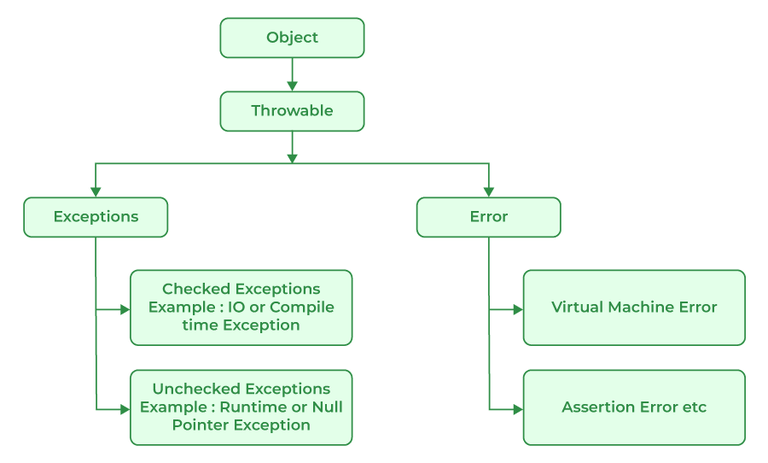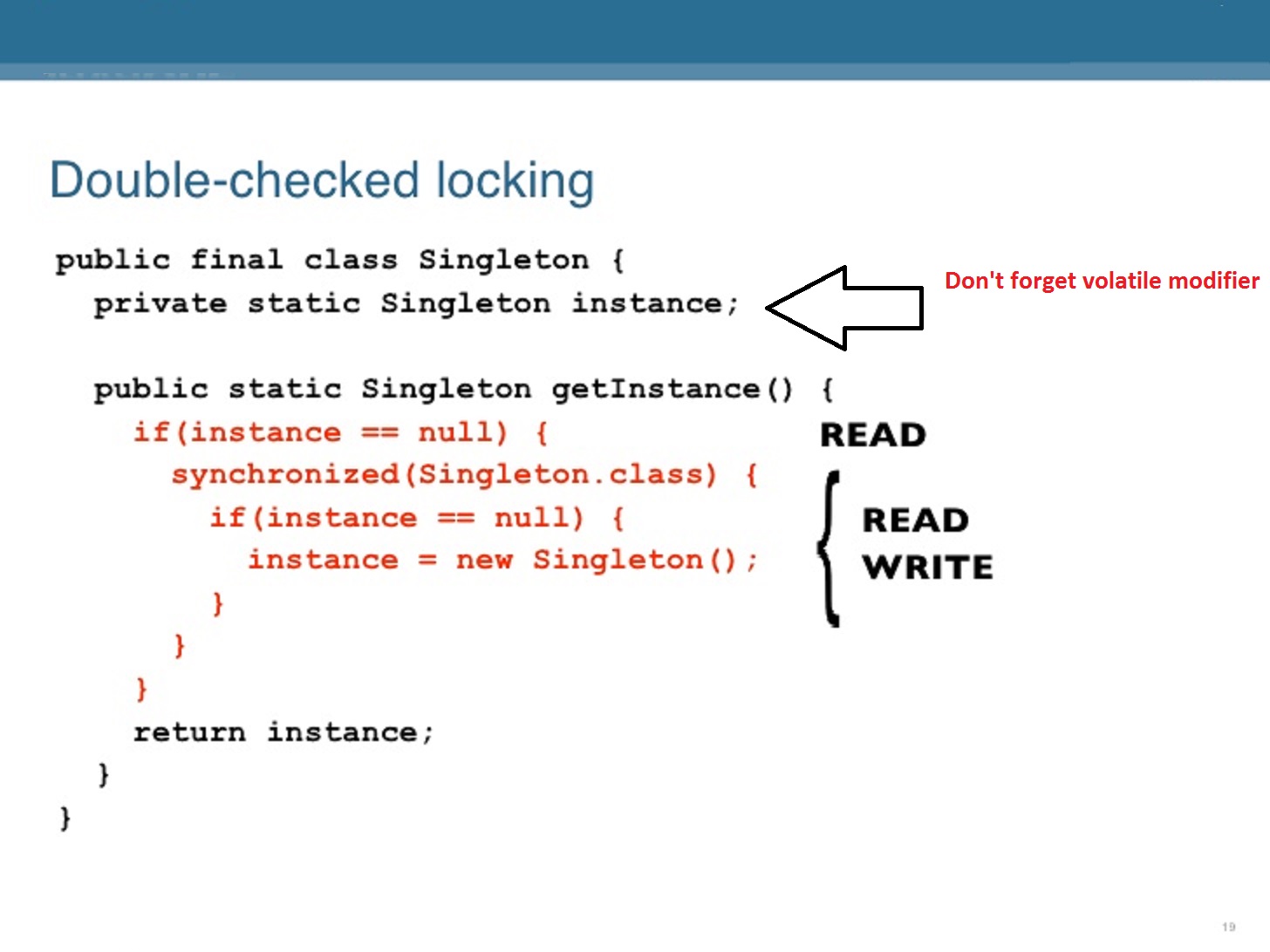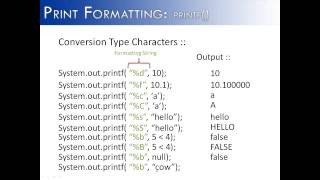What is the flow of code in Java?
What is the flow of code in Java?
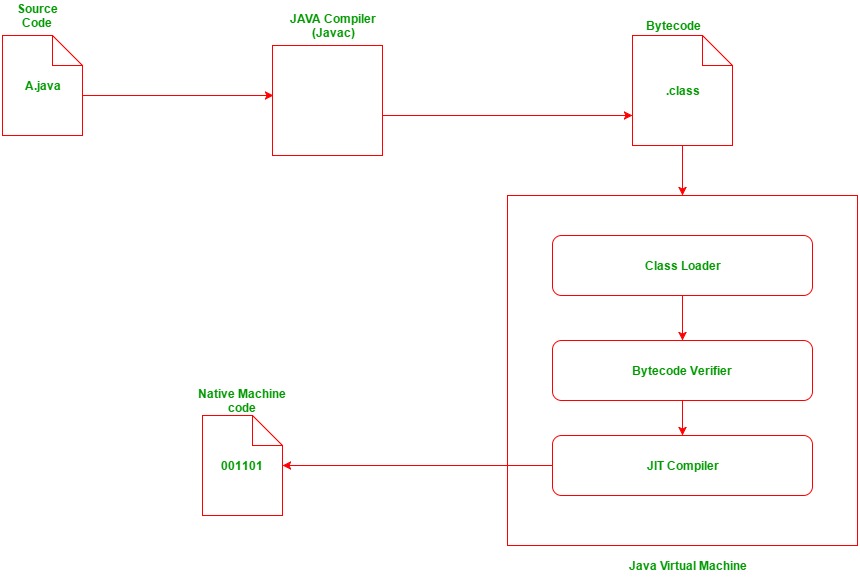
I'm happy to help!
The flow of code in Java is a step-by-step process that outlines how the Java Virtual Machine (JVM) executes the instructions provided by your Java program. Here's an overview:
Compilation: When you write a Java program, it needs to be compiled into bytecode (.class files) using thejavac compiler or an Integrated Development Environment (IDE) like Eclipse. The compilation process involves checking the syntax and semantics of the code, performing any necessary optimizations, and producing the bytecode. Loading: The JVM loads the bytecode into memory. This is done through a process called class loading, where the JVM reads the .class file and creates a java.lang.Class object to represent the loaded class.
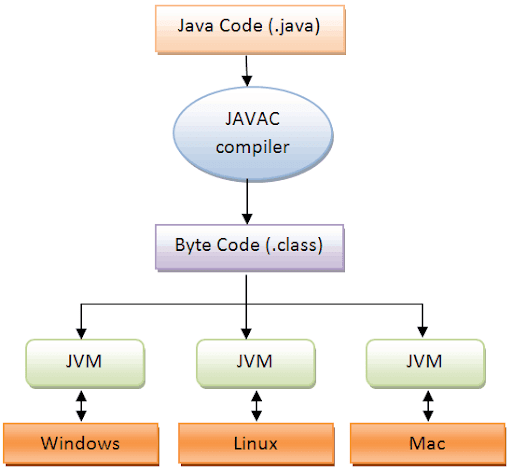
main method or another method is called, the JVM executes the code. This involves: Retrieving the method's bytecode from the .class file Decoding the bytecode into machine-specific instructions (x86, ARM, etc.)
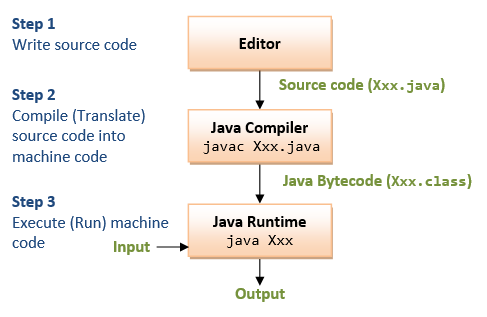
This is a simplified overview of the Java code flow, but it should give you an idea of how the JVM executes your Java programs!
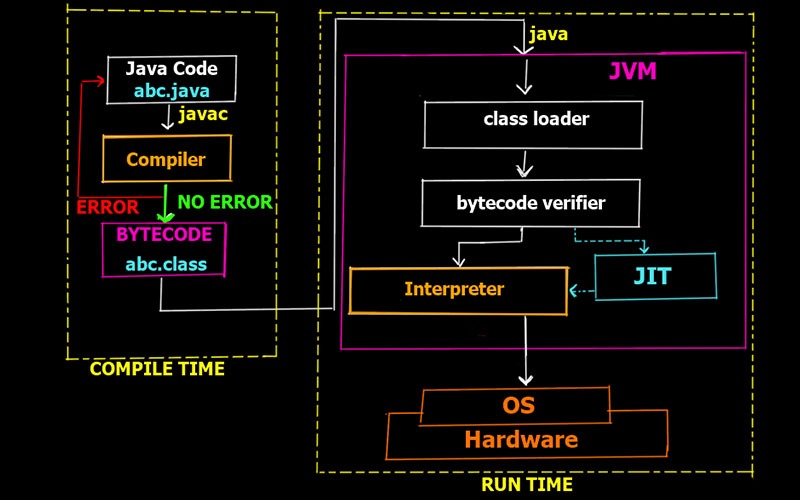
What are decision-making statements in Java?
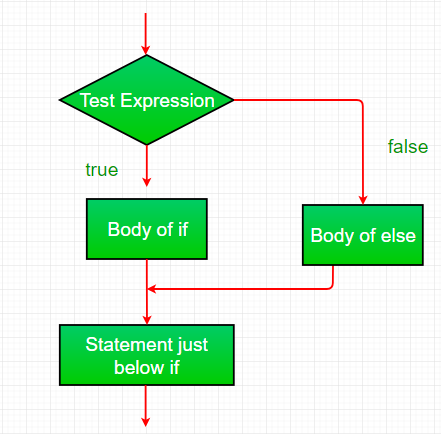
I'd be happy to explain decision-making statements in Java!
In programming, decision-making is an essential aspect of writing efficient and effective code. Decision-making statements are used to control the flow of a program based on certain conditions or criteria. In Java, there are several types of decision-making statements that help developers make choices and execute different sections of code.
One of the most widely used decision-making statements in Java is the if-else statement. The basic syntax is as follows:
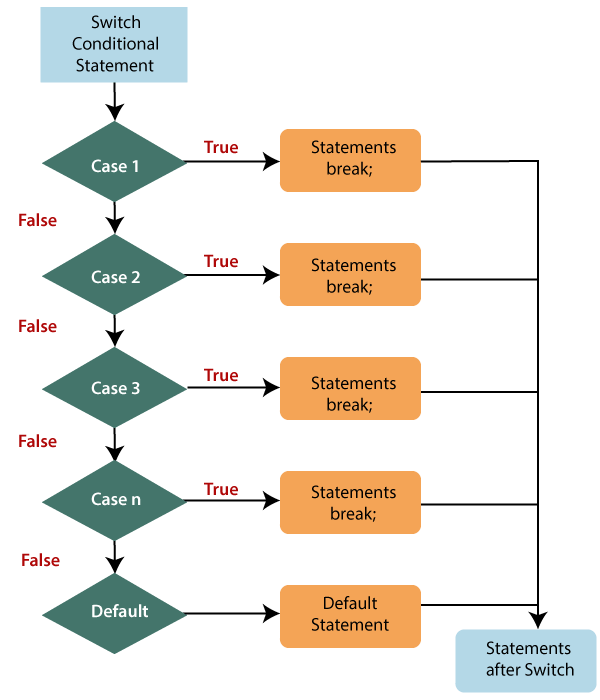
if (condition) {
// code to be executed if condition is true
} else {
// code to be executed if condition is false
}
The if statement checks a specific condition or expression, and if it's true, the code inside the if block is executed. If the condition is false, the code inside the else block is executed. You can have multiple else if statements to check for different conditions.
For example:
int age = 25;
String result;
if (age < 18) {
result = "You're a minor";
} else if (age >= 65) {
result = "You're a senior citizen";
} else {
result = "You're an adult";
}
In this example, the program checks the age and assigns a corresponding message based on whether the person is a minor, senior citizen, or adult.
Another type of decision-making statement in Java is the switch statement. The syntax is as follows:
switch (expression) {
case value1:
// code to be executed if expression equals value1
break;
case value2:
// code to be executed if expression equals value2
break;
default:
// code to be executed if none of the cases match
break;
}
The switch statement checks an expression against a set of values, and executes the corresponding code block. The break statement is used to exit the switch statement once a case has been matched.
For example:
int day = 3;
switch (day) {
case 1:
System.out.println("Today is Monday");
break;
case 2:
System.out.println("Today is Tuesday");
break;
case 3:
System.out.println("Today is Wednesday");
break;
default:
System.out.println("Invalid day of the week");
break;
}
In this example, the program checks the day of the week and prints out a corresponding message.
Loops are another type of decision-making statement in Java. They allow you to execute a block of code repeatedly for a specified number of times or until a specific condition is met. There are two main types of loops in Java: for loop and while loop.
A for loop has the following syntax:
for (initialization; condition; increment) {
// code to be executed
}
The initialization statement is executed once at the beginning, the condition statement is evaluated before each iteration, and the increment statement is executed after each iteration. The loop continues until the condition becomes false.
A while loop has the following syntax:
while (condition) {
// code to be executed
}
The condition statement is evaluated before each iteration, and the loop continues until the condition becomes false.
For example:
int i = 0;
while (i < 5) {
System.out.println("Hello");
i++;
}
In this example, the program prints out "Hello" five times using a while loop.
In conclusion, decision-making statements are essential in programming to control the flow of a program and execute different sections of code based on certain conditions or criteria. Java provides various types of decision-making statements, including if-else, switch, and loops (for and while). By using these statements effectively, you can write efficient and effective code that makes choices and executes different sections of code.
